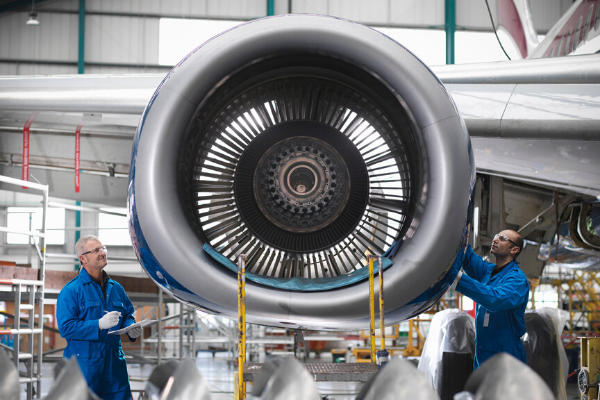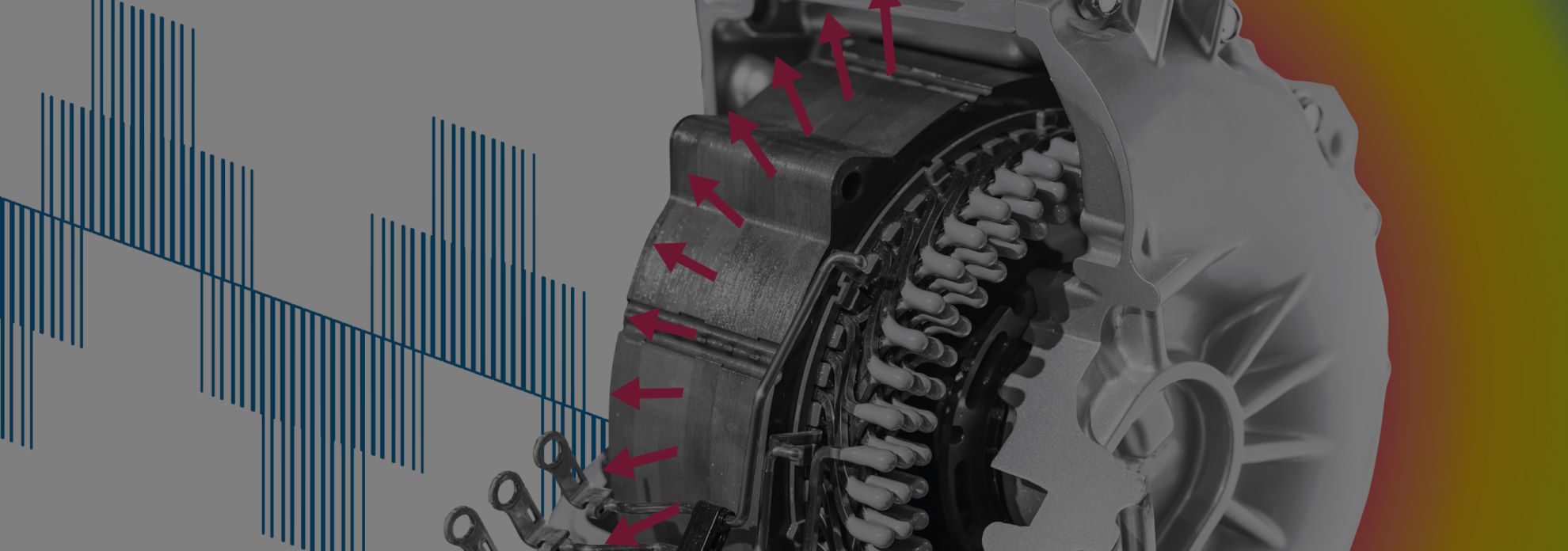Customer expectations are growing with the need for lower costs, higher quality, increased capabilities and the ever-growing complexity making it even more challenging for manufacturers. Complex system requirements challenges OEMs and suppliers to amplify their creativity, collaboration and innovation by upgrading to the factory of the future focused on improved efficiency and production agility. New approaches towards conception, designing, manufacturing, validation and sustenance are required for new air, space and defense vehicles.
Aerospace & Defense companies face a spectrum of challenges as well as growth opportunities with the continued growth of commercial aviation and an increase in the defense budget. With the increasing number of projects, there is an increase in Request for Proposals’ (RFPs) but manufacturers have less time to respond to complex RFPs for multiple components in a competitive environment for better customer experience.
Dassault Systèmes provides a portfolio of industry-specific solutions through the 3DEXPERIENCE platform for Aerospace & Defense manufacturers and suppliers to transform the traditional process with new and latest technologies.
Powered by Dassault Systèmes’ 3DEXPERIENCE platform, EDS Technologies provides industry solution experiences to transform your business processes with enhanced efficiency and digital continuity:
- Engineered to Fly accelerates A&D supplier process from idea to delivery with enhanced margins
- Co-Design to Target delivers aerospace programs ‘On specification’, ‘On- time’ and ‘On-Budget’
These solutions enable:
- Driven & Controlled Execution: Displays the status of current proposals and KPIs regarding costs and risks to enable process visibility. Project execution is driven in a connected process. The intellectual property is secured with traceability for authorities to manage collaborative efforts with multiple customers in a single source environment to ensure OEM certifications.
- Operational Efficiency: Predefined proposal templates, automated routing and tracking, clear view of projects to implement, accessibility to design and manufacturing components and collaboration with OEMs help streamline the whole process.
- Digital Continuity: From design engineering to manufacturing, best in class engineering tools are in place with quality and efficiency in a controlled environment to maintain digital continuity.
Engineered to Fly
Engineered to Fly is tailored to the aerospace industry with essential features and functionalities. It includes robust tools to help A&D businesses ‘Built-to-print’ or ‘Design-and-build’ to manage their whole business process. Some of the capabilities include addressing RFPs promptly, executing the projects with APQP and quickly adapting new changes in the current manufacturing process.
Project execution is driven and controlled with real-time status tracking throughout the stages of a proposal to product delivery. Validation and quality assurance are integrated for certification to meet the OEM standards. The value chain maintains digital continuity to deliver products with enhanced process efficiency and business profitability.

For instance, an aircraft’s frame is composed of sheet metal parts comprising 4,700 rivets. With engineered to fly, the sheet metal is designed in 3D to position the rivet holes so the part assembly process is error-free and done right the first time. Also, each part is versioned and tracked for easy access to real-time product data as required to relevant stakeholders through digital continuity.
Digital continuity enables improvements in the holistic process for up to:
- 30% error reduction
- 40% productivity boost
- 40% process changes requested
Benefits
- Win more business: Significant cut down of the proposal response and turnaround time has helped in the business growth with improved bid quality for up to 25% without additional stakeholders.
- Stay in control: Execution across multiple organizations through real-time KPIs with full traceability for stakeholders or OEM certifications.
- Drive design & production efficiency: Digital continuity across all value streams from engineering to manufacturing to eliminate inefficiencies in the design process and ensure product quality.
- Higher margins: 40% increased productivity with 30% reduce in change process requests and errors with strong controls, rules-based optimization and seamless collaboration
Co-Design to Target
Over 50% of projects miss out on their delivery data due to issues in the later stages that are discovered in the manufacturing process. Designing right the first time can prevent these issues in the first stage with the automated validation and quality assurance against the OEM standards.
Co-Design to Target enables OEMs with disparate tools and processes in a single stream to optimize the form, fit and function within an integrated Digital Mock-Up system (DMU). This system eliminates many integration issues that majorly affect cost and schedule.
Digital Continuity allows driving projects with a real-time view of KPIs across the organization with multiple stakeholders, sites and suppliers to proactively sustain the project as per the timeline.
For instance, hundreds of engineers work on detailed product development in the design phase. Thousands of specifications cascade to sub-systems and components based on top-level requirements. Project targets are met with lean development through efficient integration of engineering teams. With Co-Design to Target, these teams work with parallel timelines and collaborate in real-time for quick and easy detailed definitions of each component and system within the finished product.

Benefits
- Manage programs in real-time: Stakeholders can review the real-time status of projects with a quick view of all KPIs with full traceability until delivery. The works-in process is consolidated with various different tools for program controls, systems engineering, design engineering, contracts management, subcontract administrations, configuration management, and data management. Comprehensive management and real-time process visibility improve the success, profitability and value to customers.
- Achieve manufacturing excellence by design: Design, engineering and manufacturing processes are efficiently integrated and validated with the digital mock-up function to evade costly issues in the later stages. This solution simplifies the product development process by integrating value streams. Transformation in the development phase significantly lowers the cost and time of projects with Co-Design to Target.
- Reduce costs and improve quality: Program execution is enhanced with multi-discipline simulations to guarantee the delivery of performance, reliability and cost targets. Reducing the complexity in product development stage enables organizations to reap the profits at a lower recurring and non-recurring costs. Co-Design to Target industry-specific solution transforms the product development phase to ensure significant reduction in cost with improved quality.
To know more about our aerospace & defense industry-specific solutions, submit an inquiry to speak to our senior technical experts.






